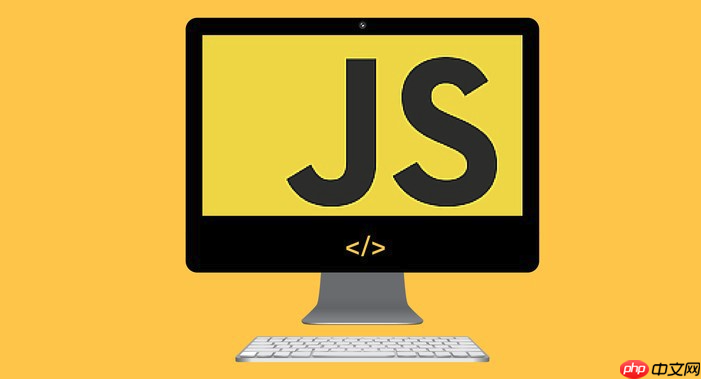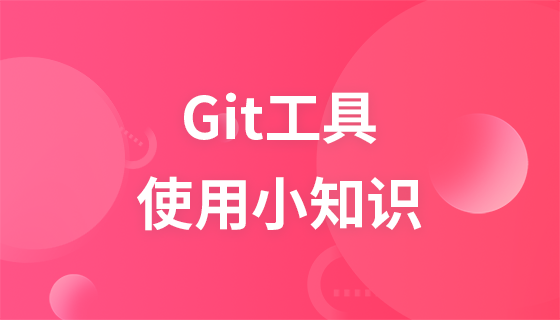ref转发的解决方案是使用react.forwardref,它允许父组件将ref传递给子组件并直接访问其内部dom元素或组件实例;具体实现是通过将子组件包裹在react.forwardref中,使其接收props和ref两个参数,并将ref绑定到内部目标元素上,从而实现命令式操作如聚焦输入框、控制媒体播放等;典型应用场景包括管理焦点、触发动画、集成第三方库及访问dom节点;使用时需注意ref不是props,不会触发重新渲染,且不能直接用于普通函数组件,必须通过forwardref使其“ref-able”;此外,ref的滥用会破坏声明式逻辑,应仅在必要时使用;在高阶组件(hoc)中,ref不会自动转发,需显式在hoc内部使用react.forwardref接收ref并传递给被包装组件,同时确保被包装组件本身也支持ref转发,否则ref链条会中断导致ref.current为null或指向错误实例。

Ref转发,在JavaScript的世界里,尤其是在React这样的UI库中,它提供了一种机制,允许父组件将一个ref向下传递给子组件,即使这个子组件是一个函数组件,最终这个ref可以附着在子组件内部的一个DOM元素或另一个组件实例上。说白了,就是父组件想直接“摸”到子组件里面的某个东西,比如一个输入框,然后对它做一些命令式的操作,比如聚焦。
要实现Ref转发,我们主要依赖React提供的
React.forwardRef
props
ref
具体操作是这样:你把你原本的函数组件或类组件(虽然类组件用得少些,但原理一样)包裹在
React.forwardRef
forwardRef
ref
import React, { useRef, useEffect } from 'react';
// 子组件,我们希望它能接收并转发一个ref
const MyInput = React.forwardRef((props, ref) => {
// 在这里,ref参数就是父组件传递下来的ref
// 我们可以把它附着到内部的DOM元素上
return <input type="text" ref={ref} {...props} />;
});
// 父组件,使用MyInput并传递ref
function ParentComponent() {
const inputRef = useRef(null);
useEffect(() => {
// 假设我们想在组件挂载后自动聚焦输入框
if (inputRef.current) {
inputRef.current.focus();
}
}, []);
return (
<div>
<p>这是一个父组件</p>
<MyInput placeholder="请输入内容" ref={inputRef} />
<button onClick={() => inputRef.current.value = ''}>清空输入</button>
</div>
);
}
export default ParentComponent;看,
MyInput
React.forwardRef
ref
ref
<input>
ParentComponent
inputRef
MyInput
<input>
有时候,我们写React组件,虽然倡导“声明式UI”,但总会遇到一些不得不与底层DOM元素打交道的场景。Ref转发就是为了解决这些“不得不”的问题。
想想看,你可能需要:
play()
pause()
Ref转发就是提供了一个“逃生舱”,让你能安全、可控地突破React的声明式限制,去直接操作DOM,而不用搞得一团糟。它不是用来传递数据的,数据流依然是props的职责;ref是用来传递“引用”的,通常是为了执行一些命令式的操作。
Ref转发虽然方便,但用起来还是有些门道的,不是随便就能用的。
首先,ref不是props。这意味着当你把一个
ref
props
ref.current
useEffect
其次,你不能直接把ref附着到普通的函数组件上。如果你有一个普通的
const MyComponent = () => <div>...</div>;
<MyComponent ref={myRef} />React.forwardRef
再来,ref
forwardRef
props
forwardRef
ref
(props, ref) => {...}还有,不要滥用ref。Ref是一个“逃生舱”,不是日常交通工具。大多数情况下,你都应该通过props来传递数据和回调函数,实现声明式的UI。只有当你确实需要直接操作DOM,或者调用子组件暴露的命令式方法时,才考虑使用ref。过度使用ref会使你的组件变得难以理解和维护,因为它引入了命令式的、非React式的数据流。
最后,ref对象本身是可变的。
ref.current
高阶组件(HOC)是React中一种强大的复用逻辑的方式,它本质上是一个函数,接收一个组件作为参数,然后返回一个新的组件。但HOC有一个常见的“陷阱”:它们默认不会自动转发ref。
想象一下,你有一个
withLogger
// 假设这是你的HOC
const withLogger = (WrappedComponent) => {
const WithLogger = (props) => {
// 这里可能会做一些日志记录
console.log('Component rendered:', WrappedComponent.name);
return <WrappedComponent {...props} />;
};
// 方便调试,给HOC包裹后的组件一个友好的名字
WithLogger.displayName = `withLogger(${WrappedComponent.displayName || WrappedComponent.name || 'Component'})`;
return WithLogger;
};
// 原始组件
const MyButton = ({ onClick, children }) => (
<button onClick={onClick}>{children}</button>
);
// 包裹后的组件
const LoggedButton = withLogger(MyButton);
// 父组件尝试使用LoggedButton并传递ref
function App() {
const btnRef = useRef(null);
useEffect(() => {
// 这里的btnRef.current会是LoggedButton组件的实例(如果LoggedButton是类组件)
// 或者null(如果LoggedButton是函数组件),但它不会是MyButton内部的那个button DOM元素
console.log(btnRef.current); // 很大可能不是你想要的那个DOM button
}, []);
return <LoggedButton ref={btnRef}>点击我</LoggedButton>;
}在这个例子中,
btnRef
MyButton
<button>
withLogger
withLogger
props
WrappedComponent
ref
prop
要解决这个问题,你需要让你的HOC也使用
React.forwardRef
import React, { useRef, useEffect } from 'react';
const withLogger = (WrappedComponent) => {
// HOC现在也使用forwardRef来接收并转发ref
const WithLogger = React.forwardRef((props, ref) => {
console.log('Component rendered:', WrappedComponent.displayName || WrappedComponent.name);
// 将接收到的ref传递给WrappedComponent
return <WrappedComponent ref={ref} {...props} />;
});
WithLogger.displayName = `withLogger(${WrappedComponent.displayName || WrappedComponent.name || 'Component'})`;
return WithLogger;
};
const MyButton = React.forwardRef(({ onClick, children }, ref) => (
// MyButton本身也需要能接收ref,并把它附着到DOM上
<button onClick={onClick} ref={ref}>{children}</button>
));
const LoggedButton = withLogger(MyButton);
function App() {
const btnRef = useRef(null);
useEffect(() => {
if (btnRef.current) {
console.log('Ref current:', btnRef.current); // 这时候就会是真实的DOM button了
btnRef.current.style.backgroundColor = 'lightblue';
}
}, []);
return <LoggedButton ref={btnRef}>点击我</LoggedButton>;
}
export default App;现在,
withLogger
withLogger
forwardRef
ref
ref
WrappedComponent
MyButton
MyButton
forwardRef
处理HOC和ref转发时,确保每个环节都正确地转发了ref,这很重要,否则你可能会发现
ref.current
null
以上就是JS如何实现Ref转发?Ref的传递的详细内容,更多请关注php中文网其它相关文章!

每个人都需要一台速度更快、更稳定的 PC。随着时间的推移,垃圾文件、旧注册表数据和不必要的后台进程会占用资源并降低性能。幸运的是,许多工具可以让 Windows 保持平稳运行。




Copyright 2014-2025 https://www.php.cn/ All Rights Reserved | php.cn | 湘ICP备2023035733号